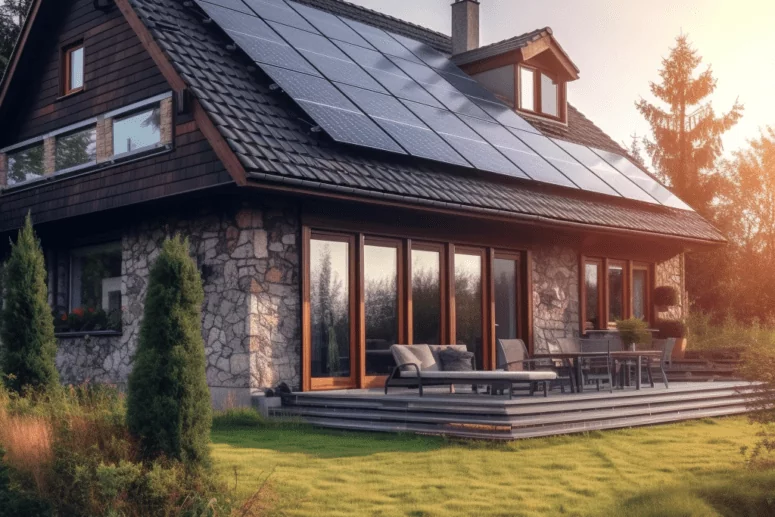A renewable resource is a natural resource that can be replenished or regenerated naturally within a relatively short period. These resources are virtually limitless and can be used without depleting their availability for future generations. Unlike non-renewable resources, such as fossil fuels, which are finite and take millions of years to form, renewable resources offer a sustainable and environmentally friendly alternative. Let’s explore some examples of renewable resources:
Solar Energy
Solar energy is one of the most abundant and widely used renewable resources. It harnesses the power of the sun and converts it into usable energy. Solar panels, also known as photovoltaic (PV) panels, capture sunlight and convert it into electricity through a process called the photovoltaic effect. Solar energy is clean, abundant, and can be used to generate electricity for homes, businesses, and even entire communities.
Wind Energy
Wind energy is another significant renewable resource. Wind turbines capture the kinetic energy of the wind and convert it into electrical energy. As the wind blows, it spins the blades of the turbine, which drives a generator to produce electricity. Wind energy is clean, widely available, and can be harnessed onshore or offshore to generate power for homes and businesses.
Hydropower
Hydropower utilises the energy of flowing or falling water to generate electricity. It is one of the oldest and most widely used renewable resources. Hydropower plants capture the energy of moving water, typically in rivers or dams, and convert it into electrical energy through turbines. Hydropower is clean, reliable, and has the potential to provide a significant amount of electricity to power homes and industries.
Biomass Energy
Biomass energy is derived from organic matter, such as plants, wood, and agricultural waste. It can be used to produce heat, electricity, or biofuels. Biomass is a renewable resource because new plants can be grown to replace what is used for energy production. Biomass energy can be obtained through processes like combustion, where organic materials are burned to produce heat, or through anaerobic digestion, where organic waste is broken down to produce biogas that can be used for energy.
Geothermal Energy
Geothermal energy harnesses the heat stored within the Earth’s crust. It involves extracting steam or hot water from underground reservoirs to generate electricity or provide heating and cooling for buildings. Geothermal energy is renewable because the heat within the Earth is continuously replenished by geological processes. It is a reliable and sustainable source of energy, particularly in areas with geothermal activity.
Conclusion
Renewable resources are natural resources that can be replenished or regenerated naturally within a relatively short period. These resources, such as solar energy, wind energy, hydropower, biomass energy, and geothermal energy, offer sustainable and environmentally friendly alternatives to non-renewable resources. By harnessing renewable resources, we can reduce our dependence on finite fossil fuels, mitigate climate change, and create a more sustainable future for generations to come.
If you’re interested in incorporating renewable energy solutions for your home or business, contact LSB Renewable Energy for expert advice and customised solutions (https://www.lsbrenewableenergy.co.uk/get-a-quote/).

